
Are you tired of cramped, disconnected spaces in your home? Have you been searching for that secret hack to create an open, airy, and functional living environment without tearing down entire walls? Interior pass-through windows might just be the ultimate solution you need. These smart, modern additions allow you to maintain the structure of separate […]
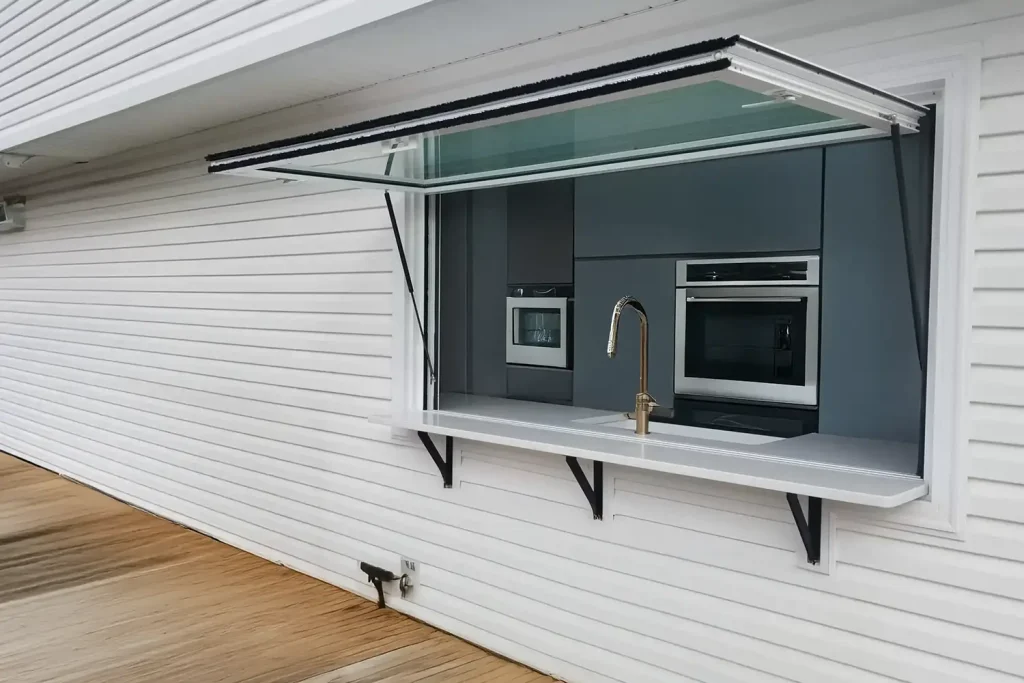
Imagine your home filled with bright, natural light, where the line between indoors and outdoors blurs, creating an airy and inviting atmosphere. If that sounds like your ideal living space, then awning pass-through windows are the perfect solution to make it a reality. Awning pass-through windows are more than just stylish additions—they’re practical upgrades that […]
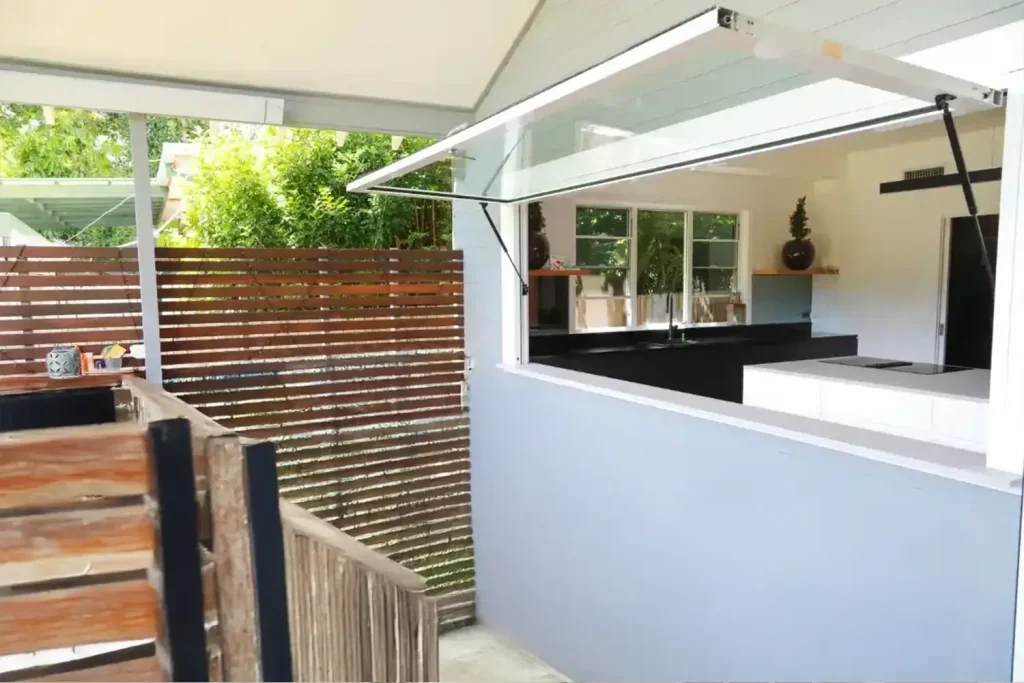
When it comes to creating a seamless connection between your kitchen and outdoor or indoor entertaining areas, a pass-through window is an ideal solution. However, with multiple styles available, selecting the right one can be a challenge. Two of the most popular options are sliding pass-through windows and awning pass-through windows. Each type has its […]
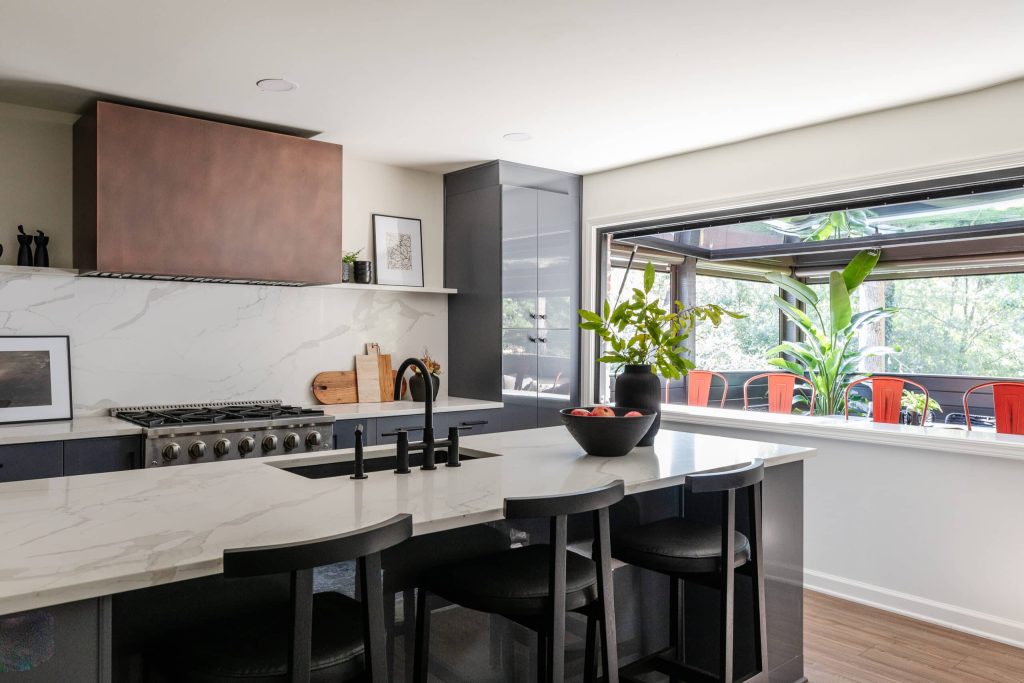
If you want to transform your kitchen into a modern, stylish, and highly functional space, gas strut windows should be on your radar. These innovative windows aren’t just about great looks—they bring a host of practical advantages that can completely elevate your kitchen experience. In this ultimate guide, we’ll dive into the 15 key benefits […]
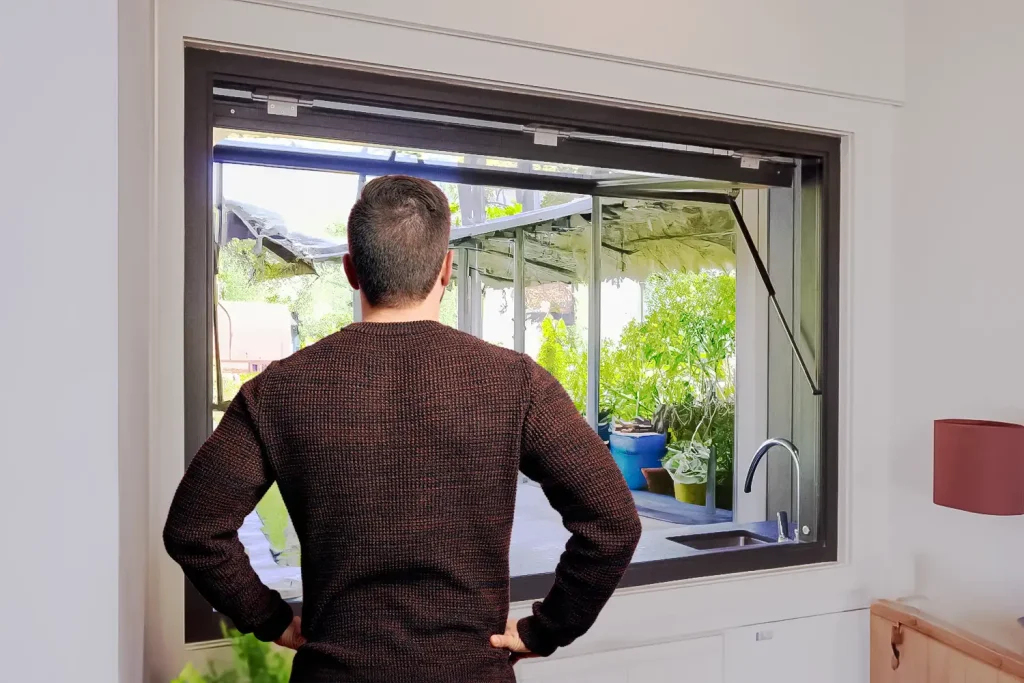
With house prices skyrocketing, and homes seemingly getting smaller – especially inside cities – space is a luxury, and every square inch of your home counts. For homeowners with small spaces to work with, creating an open and airy feel without sacrificing functionality can be a challenge. One solution that has gained popularity in recent […]
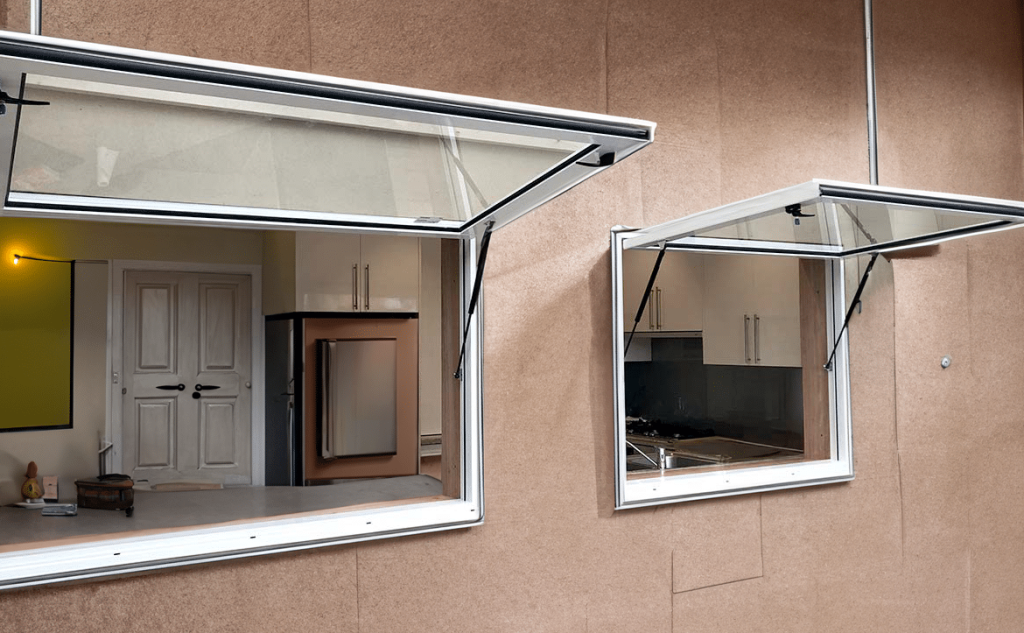
Want to create a more open and connected space in your home? A pass-through window from your kitchen to your living room might be the perfect solution. It enhances the flow between two of the most important areas in your home, maximizes functionality, and adds a touch of modern style. In this guide, we’ll take […]
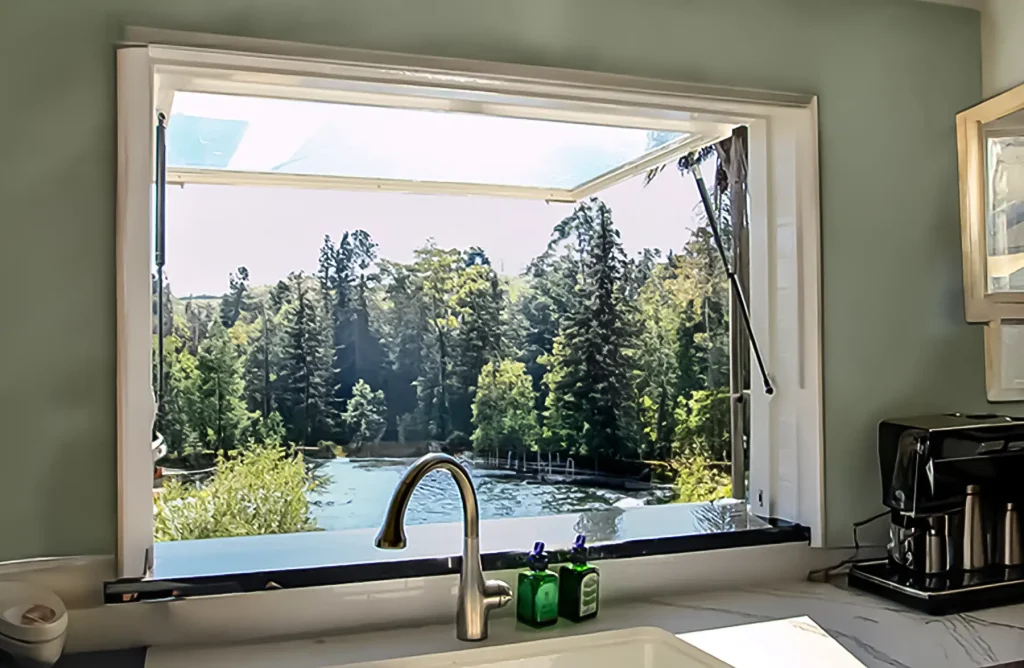
Are you looking to upgrade your kitchen but unsure where to start? One of the top changes you can make is choosing the right windows. Kitchen awning windows might just be the perfect solution you’re looking for. These windows aren’t just about aesthetics—they’re about enhancing functionality, ventilation, and the overall feel of your kitchen. But […]
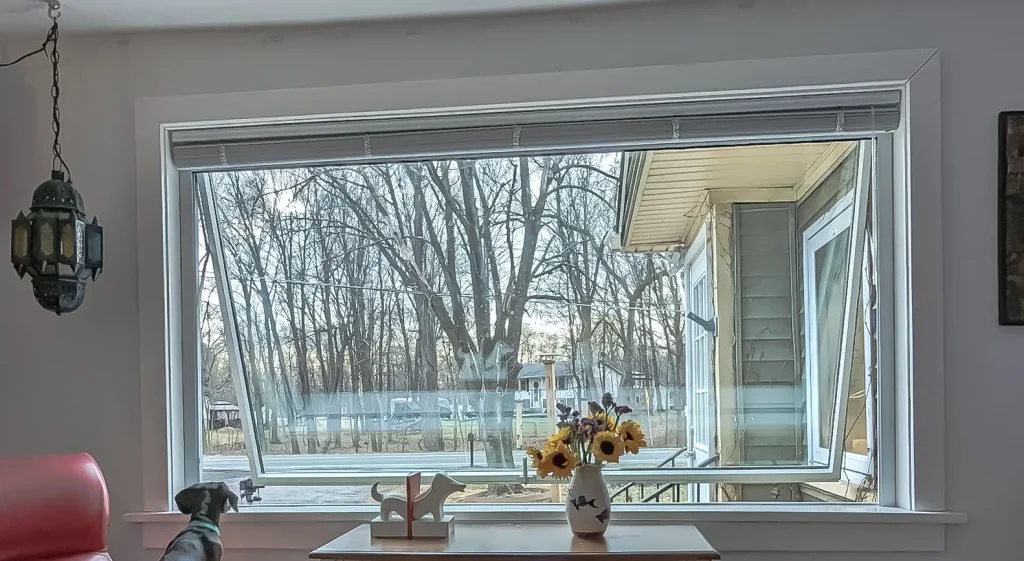
Ready to elevate your home’s look, feel, and functionality? Imagine effortlessly serving cocktails from your kitchen to guests on your patio or creating a seamless indoor-outdoor experience that makes your home the envy of all your friends… If you’ve ever felt disconnected from your outdoor space or wanted a smoother layout in your home, pass […]
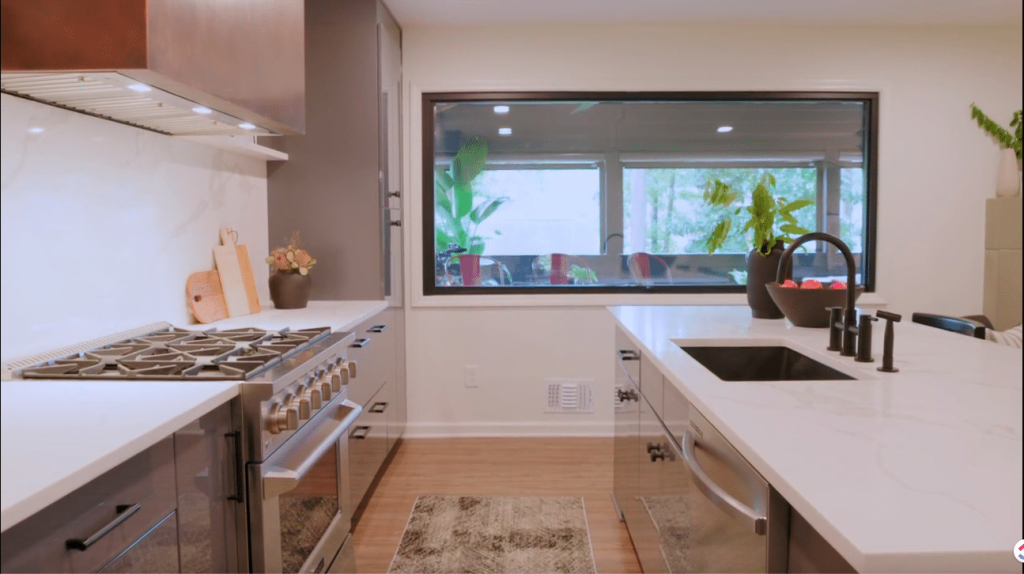
Looking to revamp your kitchen but not sure where to start? Forget about chasing every trend out there. What you need is something practical and impactful, like a Kitchen Pass-Through Bar Window. This upgrade is more than just a pretty addition. It’s about turning your kitchen into a lively, versatile space. Perfect for those who […]
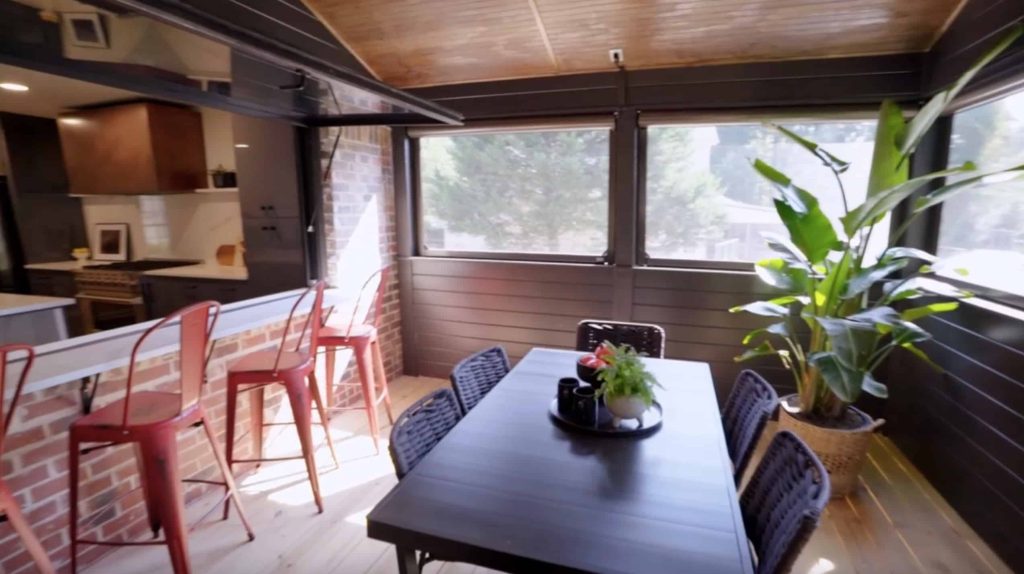
Are you considering installing gas strut pass-through windows in your home? The cost of this installation is likely the #1 thing on your mind. Let’s face it, when it comes to home renovations or new builds, the price tag is a big deal. And with something as innovative as gas strut pass-through windows, you want […]










